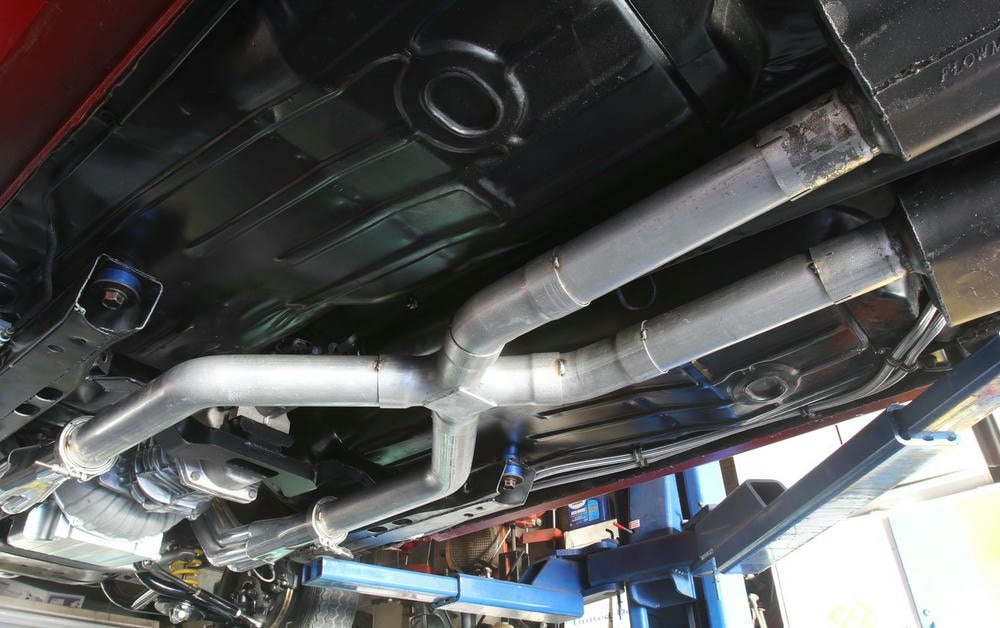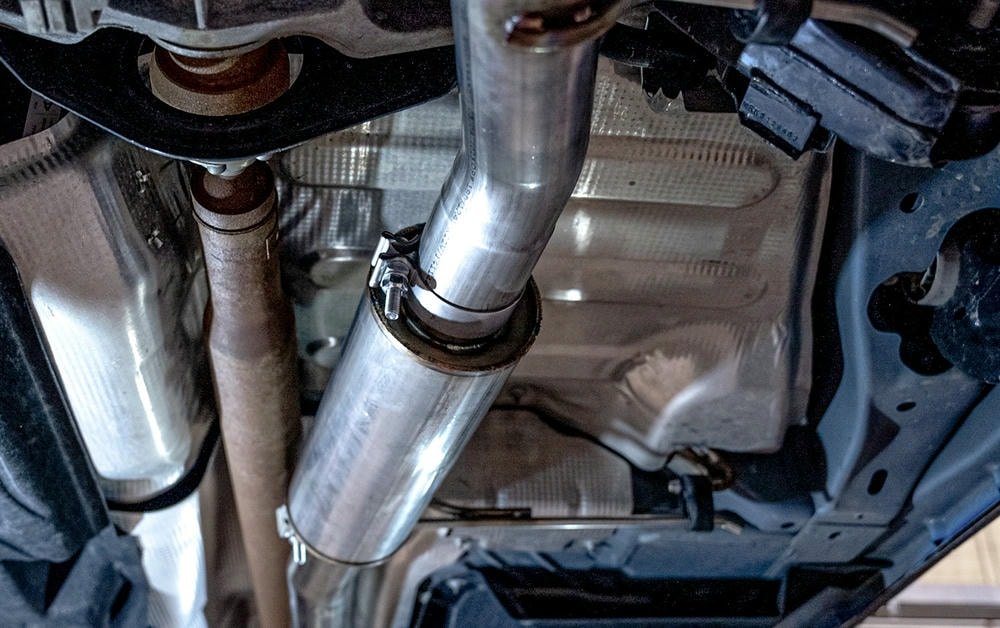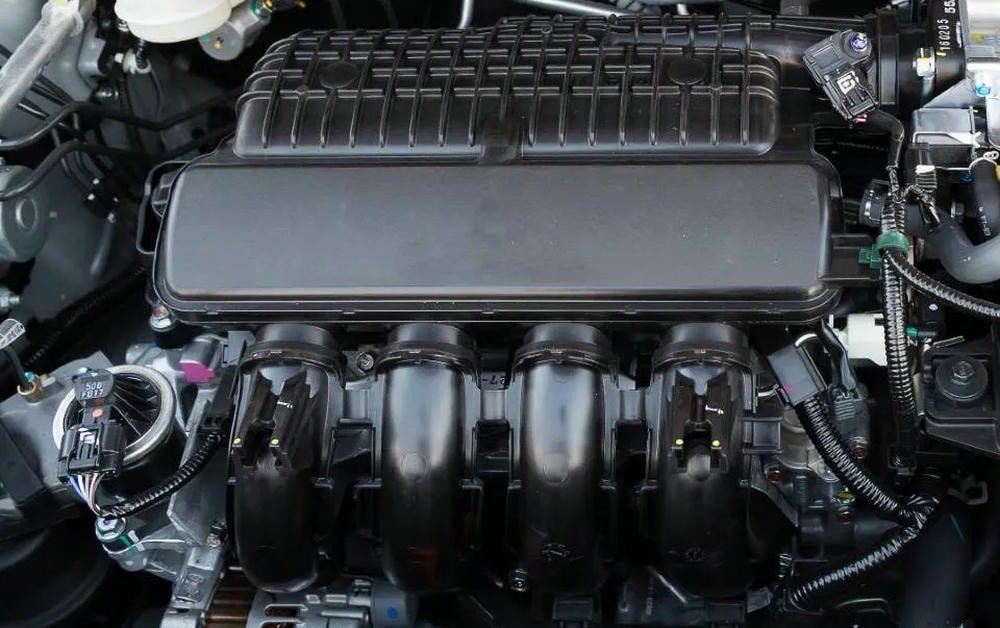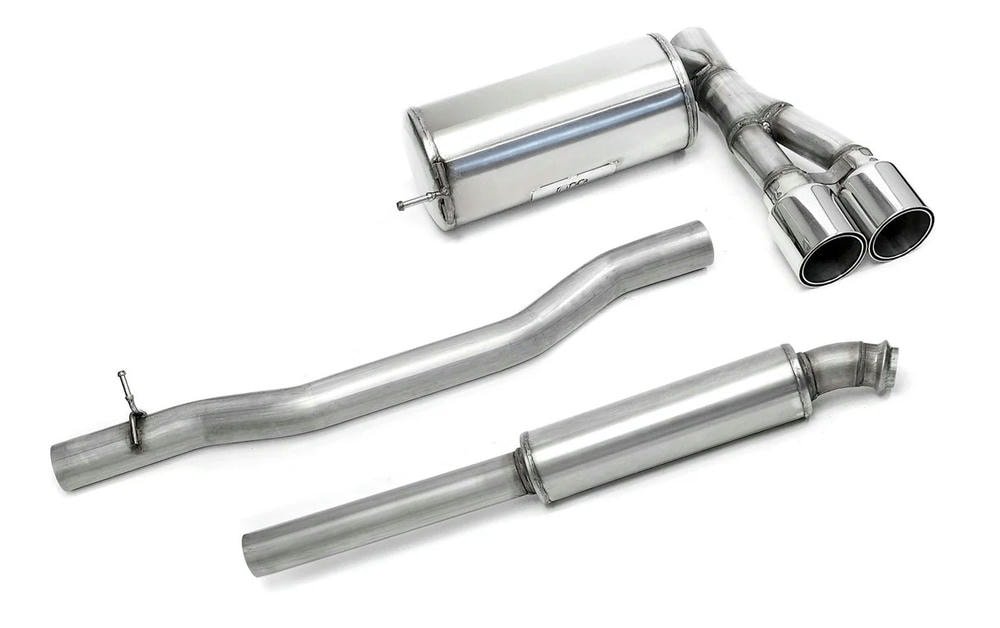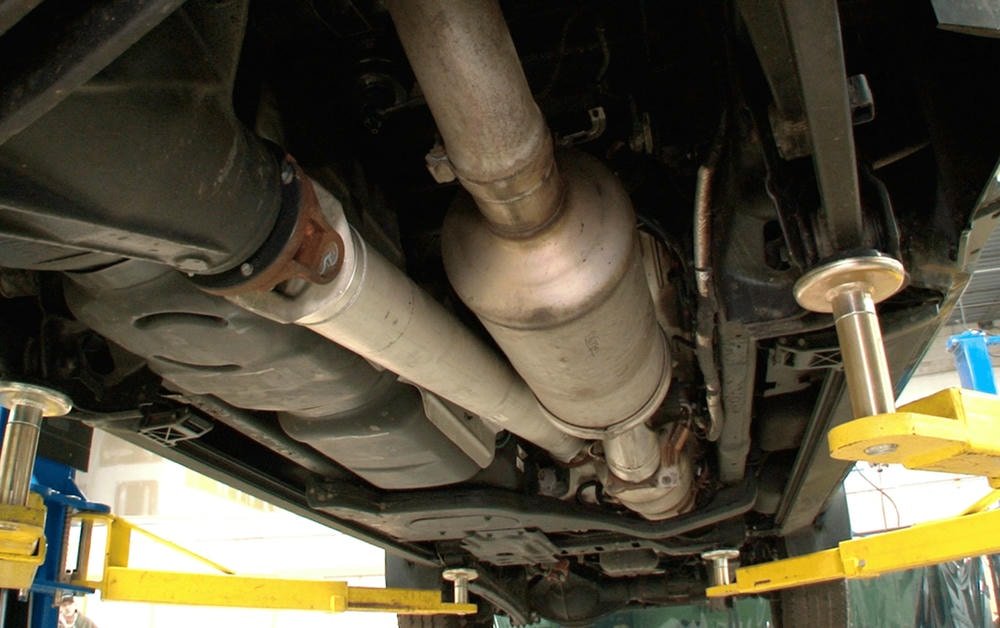Turbo back exhaust systems are key upgrades for diesel trucks, designed to help engines run smoother and faster. By letting exhaust escape more easily, these setups boost engine power and efficiency.
Truck owners often see better gas mileage and enjoy a deeper, more aggressive engine roar after installing one. Picking the right system involves looking at your truck’s model, checking the strength of materials for lasting use, and weighing how much you can spend on parts and setup.
Ready to learn why this upgrade could be great for your diesel truck? Read on!
Table of Contents
ToggleKey Benefits of Turbo Back Exhaust Systems
Turbo back exhaust systems offer big gains for diesel truck owners. They boost engine power and efficiency, using less fuel while giving off a deep, strong rumble. These systems work by improving the path that exhaust gases travel from the engine to exit out the tailpipe, allowing engines like those in F350s or Mitsubishi Evolutions to breathe easier and perform better.
By reducing the pressure that holds back these gases (backpressure), they allow turbochargers and injectors to operate more efficiently, translating into real-world benefits like improved miles per gallon (MPG) rates and quicker throttle response.
Choosing a turbo back system means thinking about how it fits your vehicle, what it’s made of—stainless steel lasts longer—and if you can pay for it plus installation. You’ll want one that matches your needs for durability against factors like corrosion over time or extreme temperatures measured in exhaust gas temperatures (EGTs).
Whether comparing these systems against simpler cat-back options or looking at different brands on a dyno.
Improved Engine Efficiency and Power
A turbo back exhaust system elevates engine efficiency and power in diesel trucks. This variant of the exhaust substitutes the whole standard pipework from the turbocharger to the tailpipe, comprising the test pipe and muffler.
With a more expansive route, air departs quicker and with less difficulty, enhancing performance.
Subject matter experts discovered that such modifications can notably boost horsepower. A diesel truck owner once reported, “> I noticed a prompt distinction in reaction and output.” This personal encounter underscores how switching to a turbo back exhaust can make engines stronger and more productive.
Enhanced Exhaust Flow
Enhanced exhaust flow in a turbo back exhaust system makes diesel trucks perform better. This happens because the system allows gases to leave the engine faster and more easily. For example, using wider pipes and fewer bends than factory systems means less resistance for escaping gases.
Less resistance improves performance and power.
Owners who have switched to turbo back exhausts notice their trucks run smoother and respond quicker when they accelerate. This is due to improved flow which also helps reduce wear on engine parts over time.
Choosing the right setup involves making sure it fits your vehicle model well for optimal benefits.
Reduction in Exhaust Backpressure
Reducing exhaust backpressure is key for diesel truck owners who aim for better performance. A turbo back exhaust system does this by removing restrictions in the exhast path. This allows the engine to breathe easier.
An engine that breathes easier works less hard. This results in more power and improved efficiency.
A lower backpressure from a turbo back exhaust also means faster removal of exhaust gases. This speed-up helps the turbocharger work better. With a well-working turbo, trucks gain more power without using extra fuel.
Diesel truck owners looking for performance upgrades should consider this system.
Better Fuel Economy
A turbo back exhaust system improves fuel economy in diesel trucks. It allows the engine to breathe easier, which means it uses less fuel. Owners see a noticeable difference in how many miles they get per gallon.
This is because the upgraded exhaust reduces backpressure. Less backpressure means the engine does not work as hard.
A more efficient engine leads to savings at the pump.
With this system, drivers also enjoy more power and performance. The turbo works better with less exhaust restriction. This setup is great for those who want their trucks to perform well without wasting extra fuel.
Aggressive Sound Profile
A turbo back exhaust system gives diesel trucks a deep, throaty roar. This sound signals more power and performance. Truck owners love this because it shows their vehicle’s strength without saying a word.
The custom exhaust systems make this possible. They replace the stock parts that quiet the engine too much.
Diesel truck fans know that a good roar from an aftermarket exhaust means their truck is tuned right. It’s like music to them. They can hear the difference between a turbo back and a cat-back exhause system just by listening.
For these owners, the aggressive sound profile is not just noise; it’s proof of their truck’s enhanced abilities.
Considerations When Choosing a Turbo Back Exhaust System
Picking the right turbo back exhaust system needs careful thought about your vehicle’s make and model. You must also weigh the quality of materials used in the exhaust setup against your budget and what you will pay to have it installed.
Vehicle Compatibility
Checking if a turbo back exhaust fits your diesel truck is key. Different trucks need different systems. Not all will work with what you have under the hood. A Ford F-250, for example, won’t use the same system as a Dodge Ram 2500.
The engine size and layout matter a lot. You need to know these facts.
From personal experience, installing a turbo back exhaust on my Chevrolet Silverado transformed its performance. I had to ensure it was the right match first. Matching involves looking at specifics like catalytic converters or headers that are part of your vehicle’s current set up.
This step ensures everything works well together for better power and fuel economy without causing issues down the road.
Material Quality and Durability
The quality and strength of materials in a turbo back exhaust system are key. These systems often use stainless steel or aluminized steel. Stainless steel stands up to rust and lasts longer.
Aluminized steel is cheaper but still tough enough for most uses. The best choice depends on how the diesel truck owner plans to use their vehicle.
One truck owner found that after upgrading to a high-quality stainless steel turbo back exhaust, their system faced fewer issues from wear and tear. This shows how picking the right material can lead to less trouble down the road.
For performance exhaust upgrades, durability means saving money on repairs later.
Budget and Installation Costs
Budget and installation costs for a turbo back exhaust system can vary. Many diesel truck owners find these factors crucial in their decision-making process. A high-quality system may cost more upfront but offers better performance and durability long-term.
Installation charges differ based on the service provider’s rates and the complexity of your truck’s setup. Owners have shared that doing some of the work themselves saved money, yet they also advise against it without proper skills or tools.
Costs also depend on whether you choose stainless steel or aluminized steel. Stainless steel lasts longer but comes with a higher price tag. On average, owners spend between $250 to over $2000 for the system alone, not including labor.
Some found that buying parts separately and seeking out competitive installation quotes helped manage expenses better while achieving desired enhancements in power, efficiency, and sound profile from their turbo back exhaust upgrade.
Conclusion
Choosing a turbo back exhaust system offers several benefits. Alex Johnson, an expert with 20 years in engine tuning, explains why. With a degree in mechanical engineering and many awards, Johnson knows about making engines run better.
Johnson says these systems improve how an engine works. They make the engine more powerful and help cars use less fuel. This happens because the exhaust moves easier and there’s less pressure stopping it.
He talks about safety and being honest too. These systems meet rules for safety. Makers should tell buyers exactly what they get.
Johnson suggests using turbo back exhausts in everyday driving or racing. He says to check if it fits your car and think about cost for quality.
He compares them to other products, saying they offer more power but may cost more upfront.
Finally, Johnson believes buying a turbo back exhaust is worth it for diesel truck owners wanting better performance and efficiency.
FAQs
What makes a turbo back exhaust system better than other systems?
Turbo back exhausts offer superior performance over cat-back systems due to their comprehensive design, which includes the downpipe from the turbocharger. This allows for greater power output and improved engine tuning potential.
How does a turbo back exhaust enhance vehicle performance?
A Turbo Back Exhaust, through its unique construction and direct connection to the turbocharger, optimizes airflow in your engine. This leads to enhanced power production and efficient fuel consumption – key benefits of an effectively tuned diesel exhaust system.
Are there specific vehicles that benefit more from a turbo back exhaust system?
Yes, vehicles such as Fora or Jetta equipped with a turbocharger can greatly benefit from a turbo back exhaust system. It’s designed to maximize the advantages of having such an engine component by reducing air resistance in the entire exhast flow path.
Can I expect any drawbacks when installing a Turbo Back Exhaust System?
While primarily beneficial in terms of power and performance, it’s worth noting that regulations surrounding emissions vary widely depending on location, making it important to ensure compliance before installation of this type of advanced tuning equipment.

